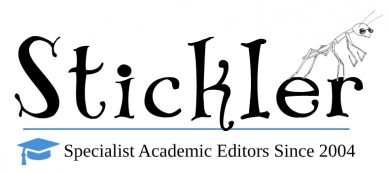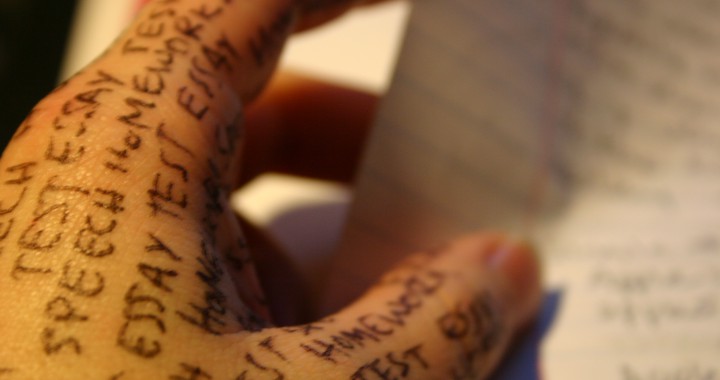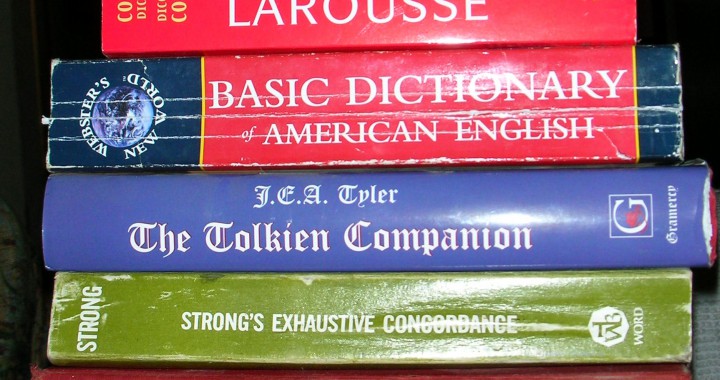It’s every student or researcher’s dream to write and produce more each day. Upping your productivity would mean that you finish your projects much faster and have time for the (other) important things in life, like family, friends, and hobbies.
Of course, it’s easier said than done.
We’ve come up with seven ideas for increasing your writing output. You could even just choose two or three of these—remember, your aim is to write more, not to spend all your time implementing changes.
- Lower your expectations for your initial efforts
Logically, you know that you won’t put down a perfect rough draft on the first try. However, the idea of a terrible first try is enough to keep many people from getting started. Whether it’s a matter of perfectionism or fear of failure, it helps to accept that your first efforts won’t be great so that you can at least put something down on paper.
This is a key tip for those who easily fall prey to writer’s block. It’s impossible to edit or otherwise work with blank pages. You can only make your writing better if there is any writing to begin with.
- Reduce distractions
You only have so much time in a day, and you must make the most of the hours you’ve set aside to work. By reducing distractions, you’ll be able to devote more mental energy to the task, and you’ll be more likely to fall into a flow state where the words and ideas come easily. Many people can only feel this flow when they work without interruption for a certain amount of time.
Getting rid of distractions often means disconnecting from the Internet and social media. Put away that smartphone, mute your notifications, or use a plug-in like Stay Focused to temporarily block sites such as Facebook. Some writers even use an old-fashioned word processor, such as a Neo2, to make sure that they aren’t distracted as they write. This might seem extreme, but just think of the time you spend responding to each “ping,” and how that time could be better utilized.
- Get organized
Creating an outline and gathering your materials before you begin can help you get going. You’ll be able to divide your task into smaller parts, and you’ll see where you might need to do more research or which parts you’ll sail through. (Perfectionists might want to skip this tip to avoid getting too caught up in making the perfect plan.)
- Develop a routine
Many find comfort in creating a writing ritual or routine. Whether you create a specific area in your home for writing, have your tea a certain way before you start, or write at the same time every day, creating a ritual can help you get your mind ready to work. There’s also the benefit of self-care when it comes to routines that make you feel good.
(For inspiration, Mason Currey’s Daily Rituals: How Artists Work gives you a window into the wild and strange world of writer’s rituals.)
Creating a routine also enables you to schedule your work when you’re confident your energy levels will be high. If you know you are always sleepy after lunch, it’s probably not a good idea to book in your writing time then. Choose a time when you generally feel good and don’t have to rush.
- Make more time to consume good content
Ideas don’t just come from nowhere. Our brain makes connections using the information we consume, and if you limit your inputs, you won’t be able to generate new ideas. Restricting yourself to reading only about your subject may seem like a good idea, but it’s important to give those ideas some real-world context.
But that doesn’t mean binge-watching Netflix or reading trashy magazines (although there’s nothing wrong with those things in their time and place!). Reading quality novels or longform articles, listening to radio shows, watching great movies—the quality of the input affects the quality of ideas that’ll come out later.
- Set a word or page quota per day
Some people get overwhelmed with a task; they dwell on the idea that they’ll “never” finish. One way to overcome this is to set a minimum of words or pages you must reach per work session. Perhaps start small with 500 words and increase this number as time goes on.
If word counts don’t appeal to you, setting a minimum amount of time to write might work better. Whether you produce anything or not, when writing time is over, you can leave it mentally and waste less energy ruminating about an unfinished task.
- Get an accountability buddy
Teaming up with someone who’s in the same boat can be an effective way to increase your productivity. Challenge and encourage each other, or maybe even engage in a little friendly competition to see who can finish first or who can reach their quotas most often.
We’re often kinder to others than we are to ourselves—most people would not dream of trashing their accountability buddy for not meeting a goal, and we know that positive comments are more motivating compared to negative ones. Having an accountability buddy is therefore also a good way to learn how to change paralyzing negative internal dialogue.










